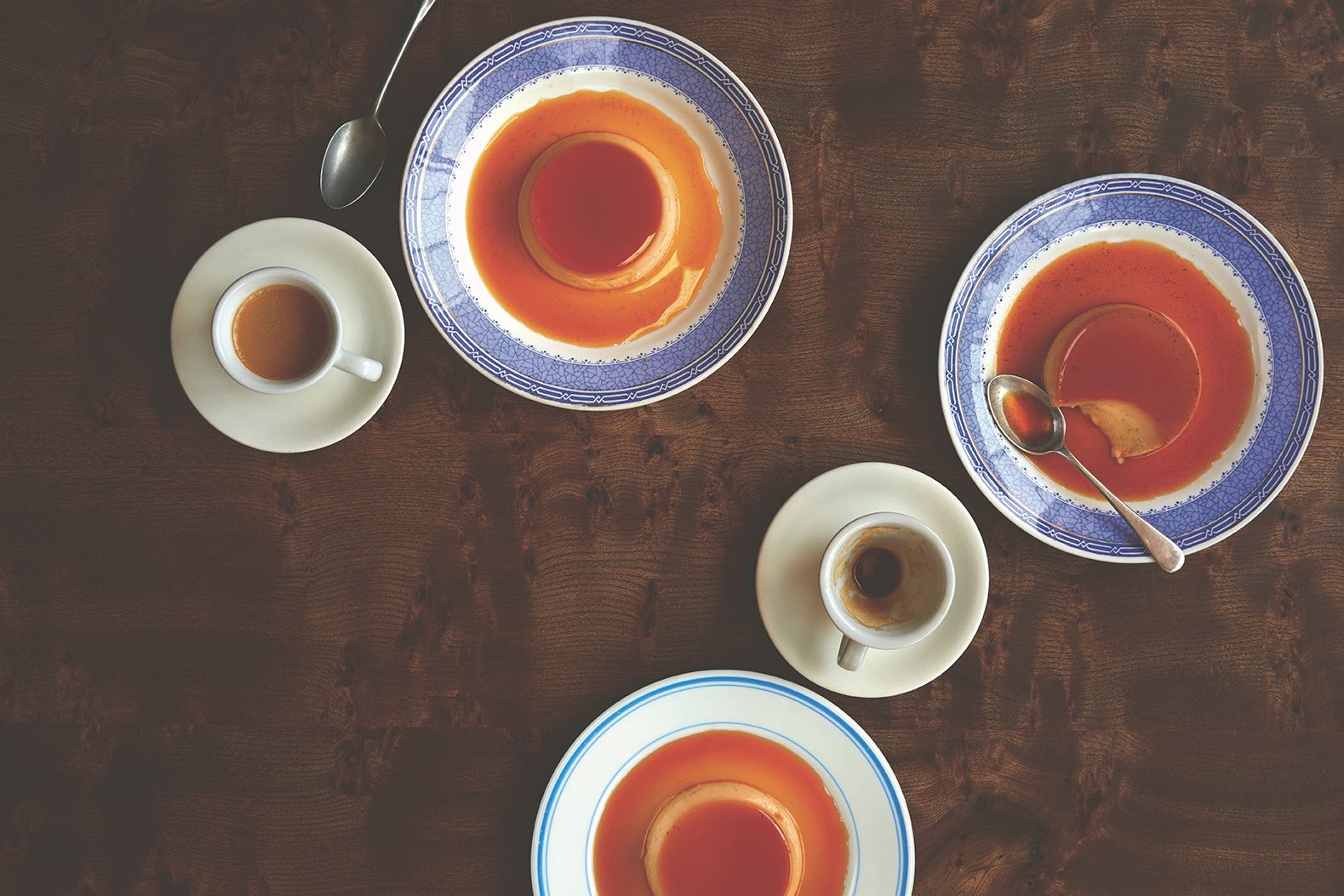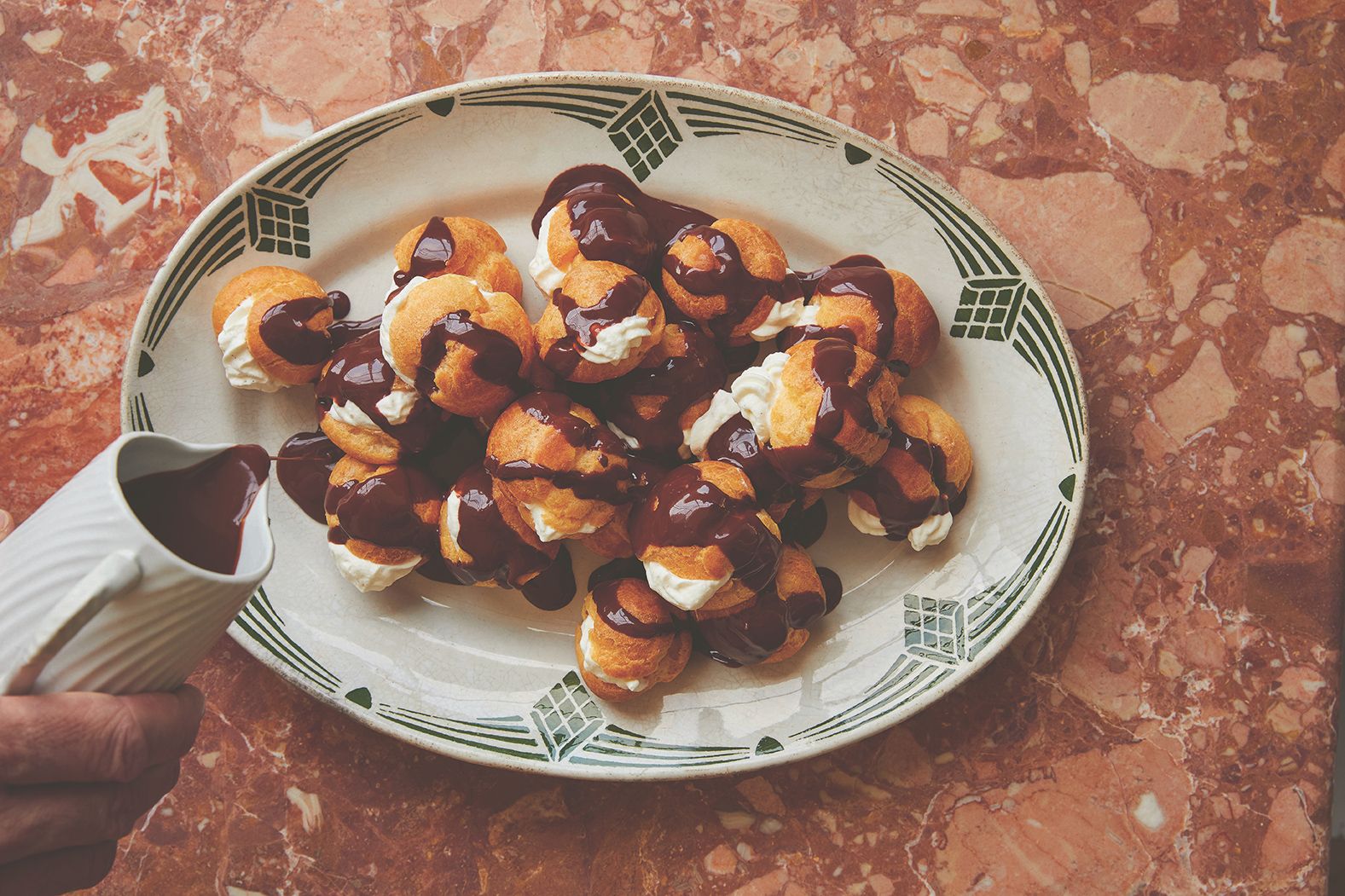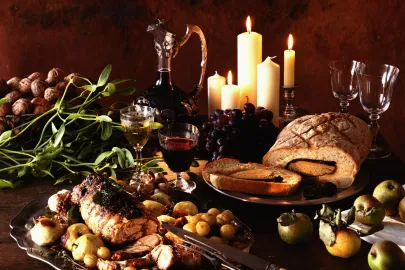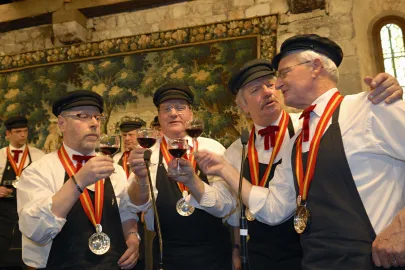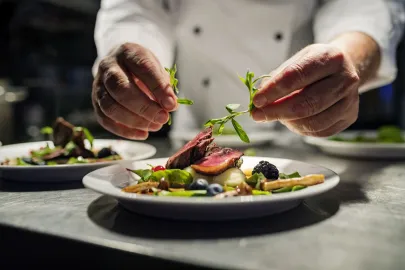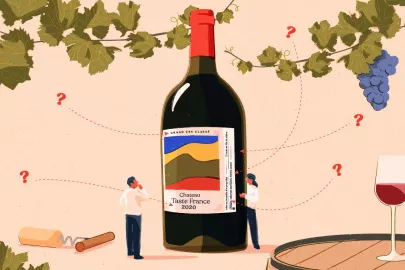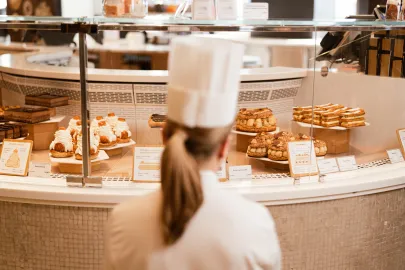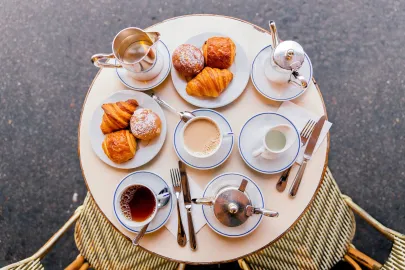With his debut cookbook French Classics, chef Matthew Ryle is reintroducing the timeless appeal of French cuisine to a new generation. Known for his precision, warmth, and social media reach, Ryle bridges the gap between Michelin-level craft and approachable home cooking.
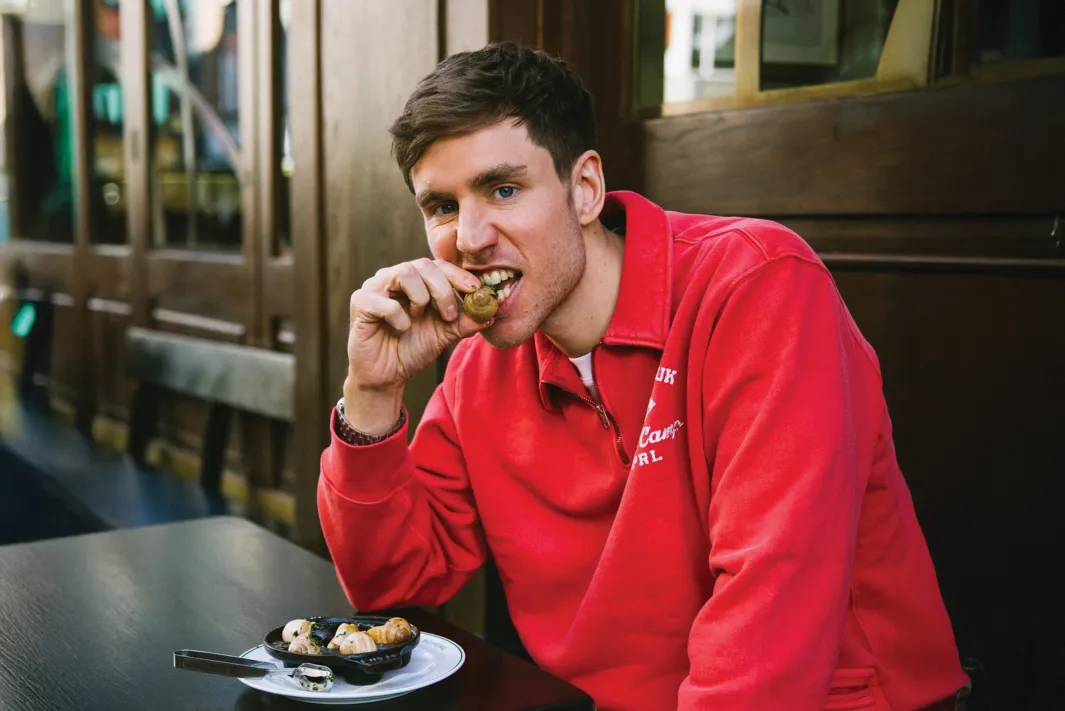
Ryle's mission: to prove that French food isn’t intimidating through his recipes and restaurants Maison François and Café François in London. Just like we do here at Taste France Magazine! We sat down with him to talk about his journey, his love of classic technique, and why chicken stock and French butter PDO might just be the secrets to every great kitchen.
What first drew you to French cooking — a dish, a chef, or a memory?
Matthew Ryle: It kind of happened by chance, really. I came home from school one day and told my parents I wanted to cook. My mum took me to the best restaurant in the area, which just so happened to be a Michelin-starred French restaurant. I spoke to the chefs and asked, “What’s the best route if I want to be a great chef?” They told me, “If you stay here, you’ll only know what we cook — go and learn French cookery.” So I went to Bournemouth. For three years we basically travelled around France through the textbooks, learning each region’s dishes, produce, and traditions. I was falling in love with food, but also with France itself. French food became everything I knew.
Do you remember the first dish that really moved you?
MR: I remember the first dish they let me plate — it was a duck and foie gras terrine with a Port and fig sauce. It was ridiculously intricate, like a checkerboard with alternating layers of dark duck and foie gras. That’s when I thought, “wow, this is amazing.”
The discipline and hierarchy also really drew me in — the smell of the stocks, the organisation of the kitchen. Everyone had their section, their role. It’s something I still use in my own kitchens today, even if we’ve trimmed it down a bit to fit London life.
What inspired you to write French Classics?
MR: I’d already been thinking about writing a book before Bloomsbury came along. I’d started doing videos on Instagram because I realised no one was really representing French food in a modern way. A lot of what I saw online didn’t feel approachable for younger audiences. So I started making my own videos, and within six weeks I had half a million followers! I didn’t know how the French theme would land, but people really responded. That told me there was a space for French food that’s classic but not intimidating.
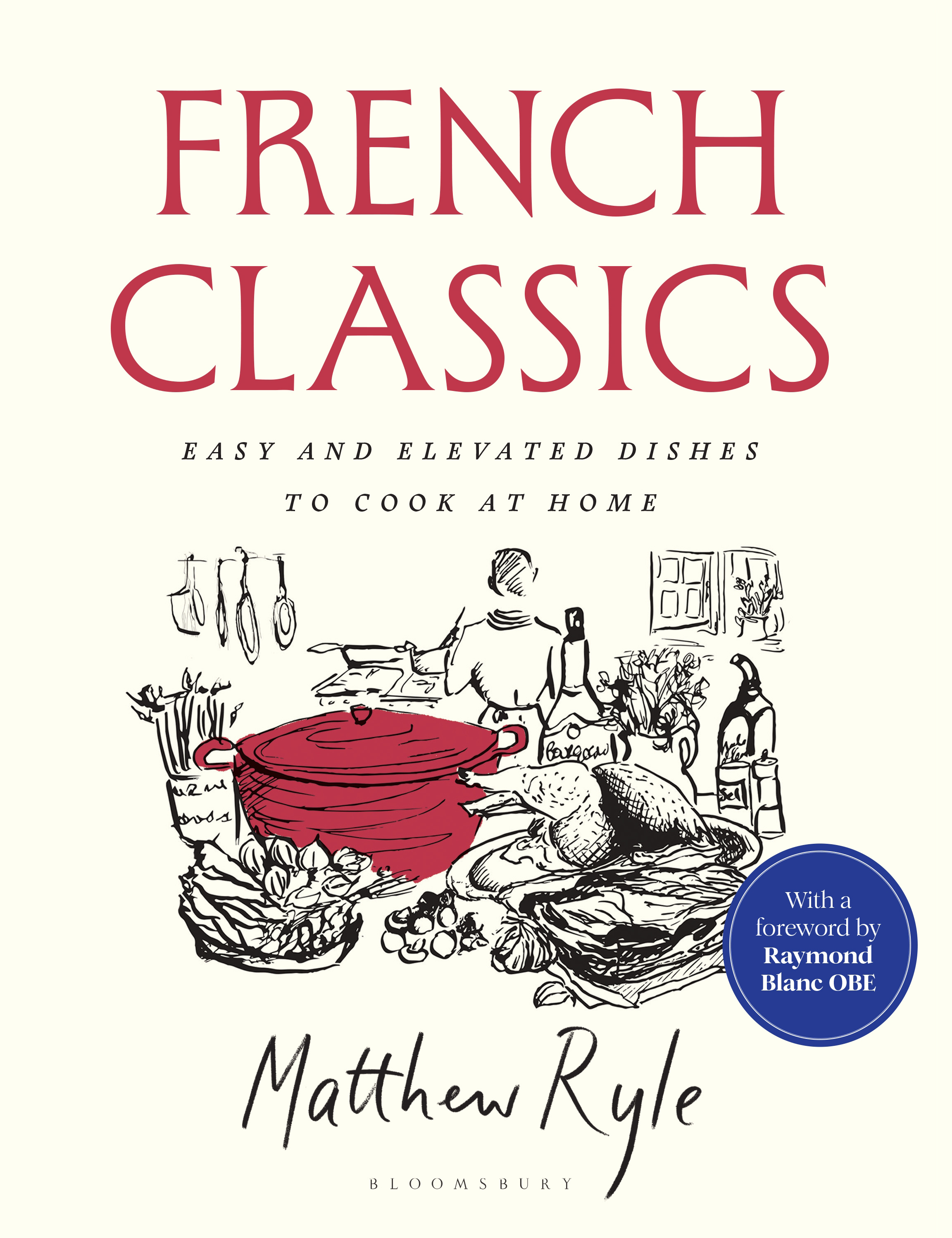
© Bloomsbury Publishing
The book’s subtitle says “easy and elevated.” What does that mean to you?
MR: I wanted people to be able to build confidence. The “easy” recipes let you start small — things like quiche Lorraine or oeufs cocotte — and the “elevated” ones are for when you want to push yourself a bit. It’s the same idea as my videos: showing people that French food isn’t impossible. My wife’s uncle got so into the book that he bought a second fridge just for stocks! Once you start, it’s addictive.
How did you decide which recipes made it into the book?
MR: I started with a huge list, then narrowed it down to the best-known French dishes — the ones everyone’s at least heard of, like boeuf bourguignon, crème caramel, soufflé. I also organised it like my Instagram content: vegetables, eggs, potatoes, meats. And I made sure everything was doable at home — no foie gras or tricky offal dishes. If something was harder to find, like ox cheek, I offered alternatives.
What are some of your favourite French ingredients?
MR: I love things “en croûte” and all the charcuterie — the sausages, saucisson, rillettes. Toulouse sausage is one of my favourites; it’s fatty, smoky... In England, our sausages can be quite bland, but France really knows how to do it. I’ve been cooking a lot with merguez lately too — I love that spicy, North African influence.
Many people find French cuisine intimidating. How do you simplify it for home cooks?
MR: I wrote the book as if I was talking to my mum. She’s not a chef, but she cooks good, basic food, and if she could follow my recipes, I knew anyone could. It took me a few tries to get used to writing like that — restaurant recipes are full of shorthand, assuming people know what “mirepoix” or “julienne” means. Once I adjusted, it got easier. My mum’s since cooked a few dishes from the book — the quiche Lorraine’s her favourite — and they’ve all come out great.
What advice would you give to beginners trying a French recipe for the first time?
MR: Don’t be scared. Giving it a go is half the battle. People are terrified of things like pastry, but once you try it, you realise how easy it actually is.
Essential French ingredients every kitchen should have?
MR: Stock, wine, and butter. Buy the best you can afford — quality is key. I’ve got chicken stock bubbling away right now. With those three things, you can make something delicious — say, a simple chicken fricassée. Just add onions and a bit of flour.
Any traditional techniques you’ve simplified without losing flavour?
MR: Probably the “en croûte” dishes — salmon en croûte, pâté en croûte. They’re restaurant-style, usually done over a few days, but I’ve written them so you can do them in one go at home. It was about making them manageable without compromising the result.
Are there recipes with strong personal meaning for you?
MR: The French onion soup, definitely. It’s one of the first things I ate in France, on a ski trip as a kid. I remember burning my mouth on it — you always do! — and that smell, that steam. It’s one dish I always order whenever I see it on a menu.
Chef Raymond Blanc OBE wrote the foreword. What did his support mean to you?
MR: Everything. I spoke to him before I even started writing, and he offered to write it. His words — “carrying the French torch for this generation” — meant so much. It gave me the motivation to see it through.
How has your online community influenced your cooking and teaching?
MR: It’s been huge. Seeing people cook my recipes and tag me — it’s amazing. It proves that French food isn’t fussy. The feedback shaped how I wrote the book: clear, practical, approachable.
What’s next for you?
MR: Next, I want to build a YouTube channel with longer, more educational videos — more history, more depth. I’m also already working on my second book — giving a home to these hundreds of recipes that didn’t make it in French Classics. It’ll focus on regional French cuisine — there’s so much to explore!
📖 French Classics by Matthew Ryle is out now in hardback from all good bookshops.
Contributor

Editor

